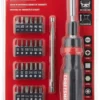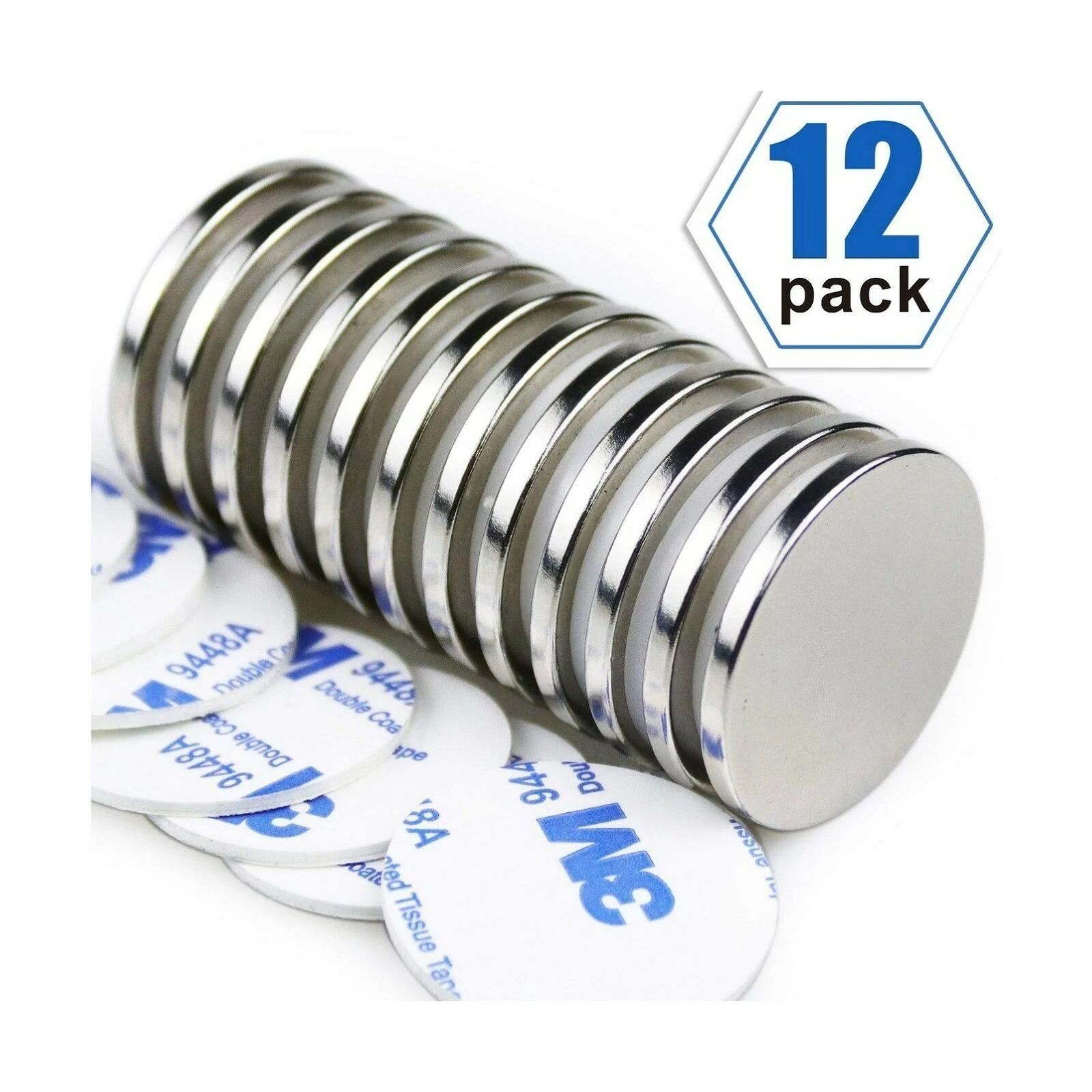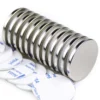Super Strong Neodymium Disc Magnets, Powerful N52 Rare Earth Magnets – 1.26 inch
$43.81
Rare earth magnets are the strongest type of permanent magnet currently made. They are amazingly powerful for their size and have innumerable uses. These 32mm diameter Neodymium disc magnets produce an astonishing pull of 18lb and every magnet has a triple coating of nickel, copper and nickel again to prevent against corrosion. These disc magnets are 1.26 inch (32mm) diameter and 0.12 inch (3mm) thick. They are magnetized through the thickness. They are composed of grade 42 neodymium iron boron magnetic material and are plated in nickel-copper-nickel for a shiny corrosion resistant finish. Maximum working temperature is 176 F (80 C). Our Neodymium magnets are commonly used in creative applications such as models and theatre design, furniture making, exhibition stands and packaging. They also have many uses in engineering and manufacturing where compact size and maximum strength are required. What’s more, because of their resistance to demagnetisation they are ideal for creating a shock-absorbing or damping effect when used to repel other magnets.






















